Chernobyl: Environmental Success
Chernobyl: Why the nuclear disaster was an accidental environmental success
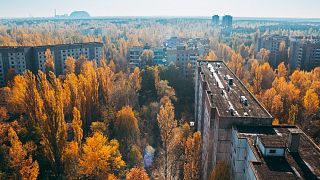
The disaster may have created Europe’s largest nature reserve. – Copyright Unsplash
By Marthe de Ferrer • Updated: 09/05/2021
The 1986 disaster has unexpectedly created Europe’s largest nature reserve.
When we think of ecological successes, it’s unlikely the 1986 Chernobyl disaster is high on anyone’s list.
Widely hailed as the worst nuclear accident to ever occur, the incident happened during a safety test at the Chernobyl Nuclear Power Plant in what was then Soviet Ukraine. The skies filled with contamination, with radioactive rain falling across Europe.
While the disaster killed fewer than 100 people in the immediate aftermath, the UN and WHO reported in 2005 that there had been 4,000 Chernobyl-related deaths. Other groups argue that the toll across Europe is actually as high as 16,000.
Around 117,000 people were evacuated from the immediate area, primarily from Pripyat, a city built to serve the power plant. An exclusion zone was established, with borders set up around an area of 30km radius from the remains of the plant. Parts of Belarus were also closed to humans, after experiencing the bulk of the radioactive rain.
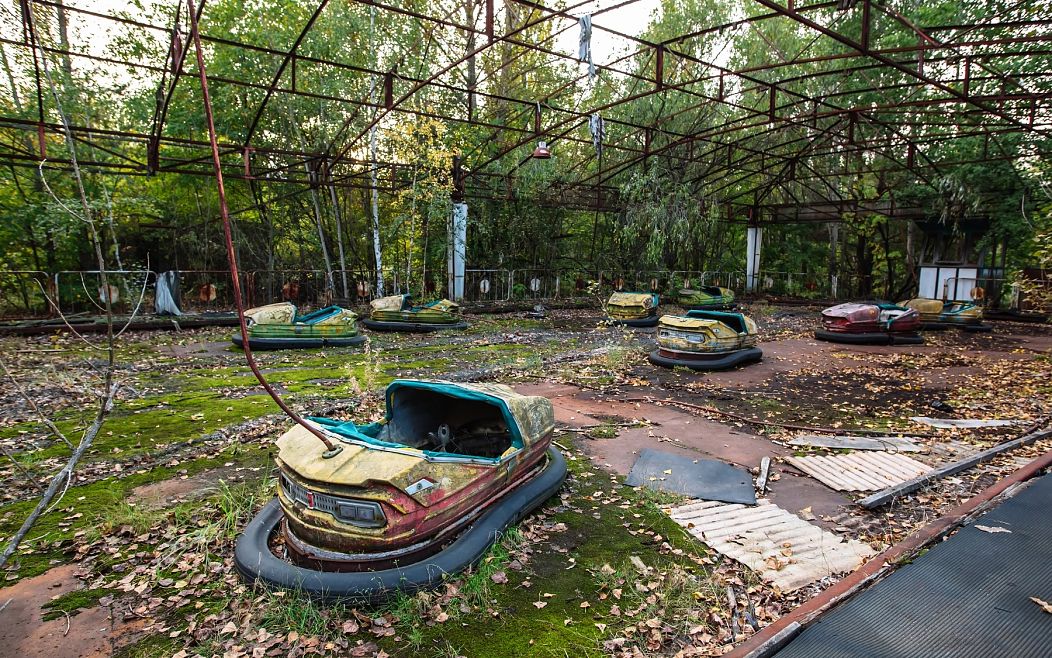
The Exclusion Zone now covers an area of around 2,800 sq km and is, perhaps unsurprisingly, one of the most radioactively contaminated areas in the world.
about:blank
Over 400 hectares of pine trees were killed in the immediate aftermath of the disaster, and the surrounding flora and fauna – as well as all nearby water sources – were highly contaminated too.
But now, nearly 35 years on from the incident, the Exclusion Zone seems to have undergone a rewilding transformation.
What’s changed?
Despite the extensive, immediate damage to the ecosystem of the Exclusion Zone, the biodiversity of the area has increased rapidly over the past three decades. Rare species like the lynx and the vulnerable European bison have seen a resurgence.
In the Belarussian part of the exclusion zone, researchers have found that boar, elk, and roe deer populations boomed in the 10 years following the disaster.
Wolves were also observed to have increased sevenfold.
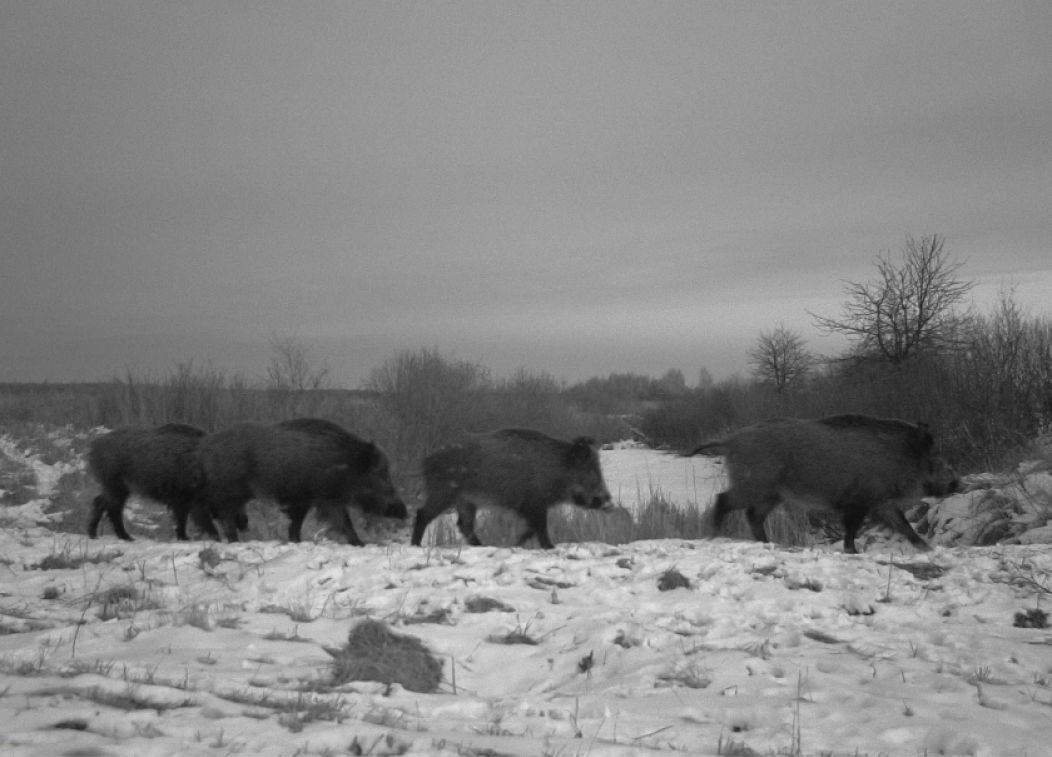
“Wolf numbers are seven times higher, likely due to much lower hunting pressure in the Chernobyl Exclusion Zone,” says James Smith from the University of Portsmouth, who has conducted research on wildlife in the area, along with Nick Beresford from the UK Centre for Ecology and Hydrology.
“Our camera trap surveys in Ukraine have photographed Eurasian lynx, brown bear, black storks and European bison. Ukrainian and Belarussian researchers have recorded hundreds of plant and animal species in the zone, including more than 60 [rare] species,” explains Beresford.
Species like the Przewalski’s horse, a rare and endangered horse native to Central Asia, have even been deliberately released into the area as part of conservation efforts.
It’s still unknown how healthy these animals are, with many scientists concerned that these species will still be suffering negatively from the effects of radiation exposure. Being able to collect sufficient data to monitor this is effectively impossible at the moment.
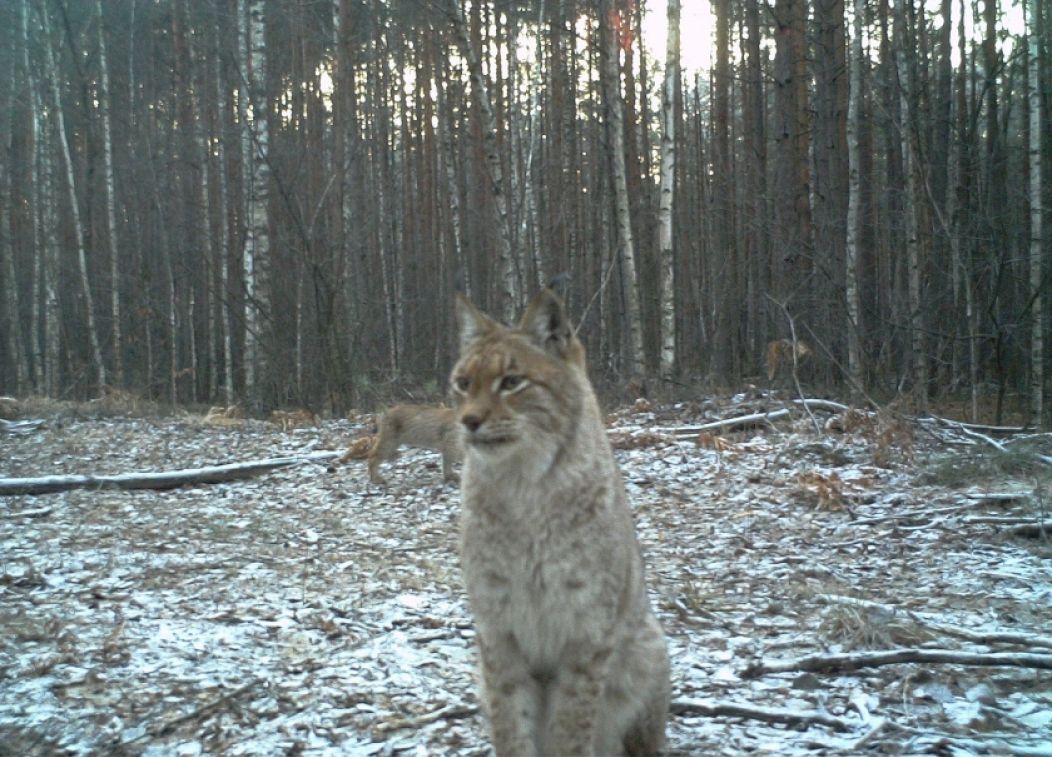
However, researchers looking at the effect of the Chernobyl disaster on plants reported recently that wheat, rye, oats and barley grown near the area are still contaminated. Almost half of all samples looked at by scientists from the University of Exeter and the Ukrainian Institute of Agricultural Radiology contained illegal levels of radioactive isotopes.
But the population boom of mammals especially in the area is still seen as a good sign. Despite the mass contamination, Beresford, along with other researchers, believes “the overall effect was positive” for the wildlife in the Exclusion Zone.
“The burden brought by radiation at Chernobyl is less severe than the benefits reaped from humans leaving the area,” explains plant biochemistry expert Stuart Thompson, who adds that the zone “supports more life than before.”
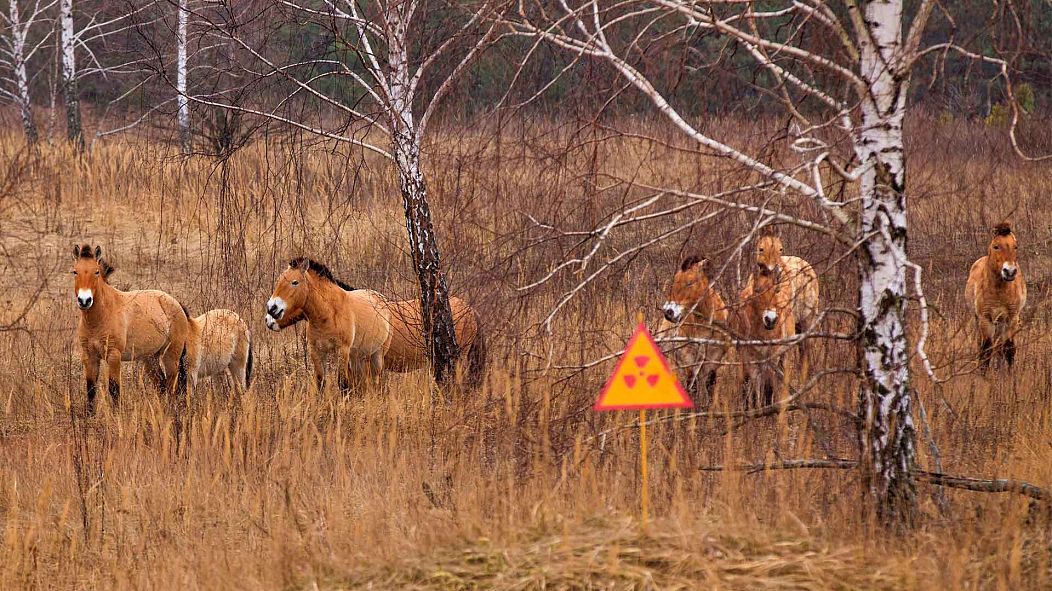
Will humans ever be able to return?
The area has accidentally become one of Europe’s largest nature preserves, serving as a clear testament to the detrimental impact of humans on wildlife.
There are ongoing arguments about whether the Exclusion Zone will ever be inhabitable for humans again. Ukraine’s state authorities said in 2011 that the area could be occupied within 320 years, while Greenpeace and Chernobyl director Ihor Gramotkin both said more recently that it would likely be upwards of 20,000 years.
Incredibly, there are 187 people – known as the Samosely (which means self-settlers) – who have taken up residency within the 30-kilometre zone. This is technically still illegal, although in 2012 local government gave unofficial permission for only elderly samosel to remain.
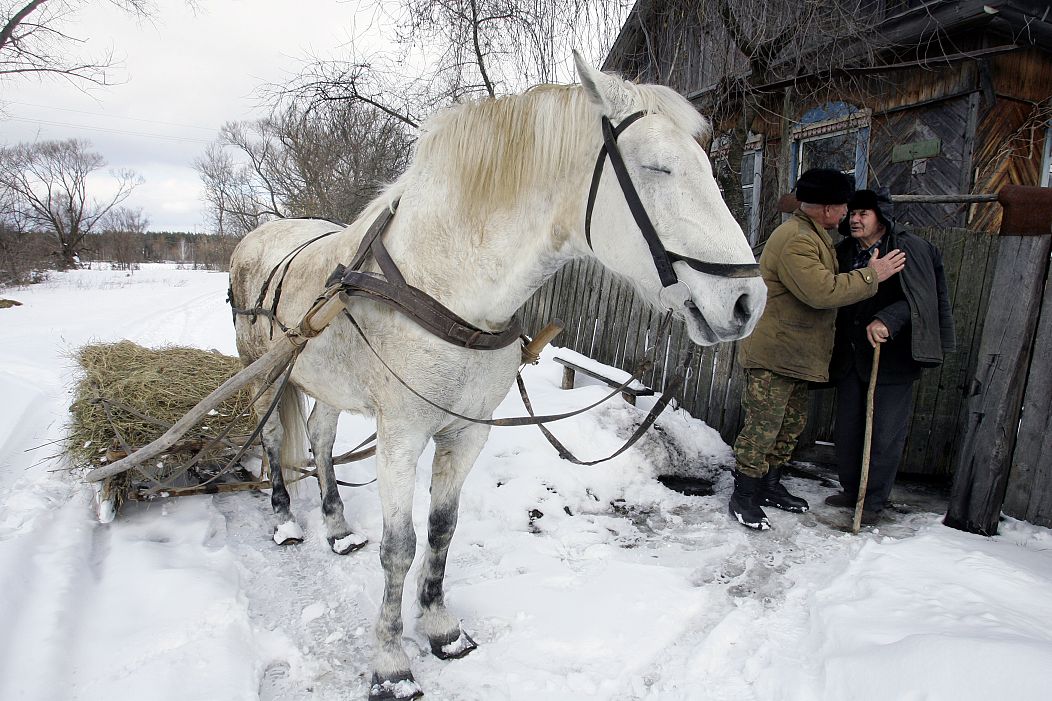
These residents are given social support from the government, but their inhabitance in the Exclusion Zone has not been legalised.
This enormous area has therefore gone from being industrialised and heavily populated, to having fewer than 200 permanent residents.
The long-term success of the region’s ecological recovery won’t be fully understood for many years, but there are already clear lessons to be learnt.
As for now, the Exclusion Zone has increasingly been opening to tourists. Post-pandemic, it might even be possible to see this accidental rewilding project up close.
